Is there a life of neighboring stars? Is there a life there? Aliens sent a BLC1 signal to the earth?
Author:Astronomy online Time:2022.07.17
Does the radio signal detected by scientists come from neighboring stars, will it be an extraterrestrial civilization?
The mysterious radio signal from the neighboring star is definitely not an alien
This signal seems to come from Earth.
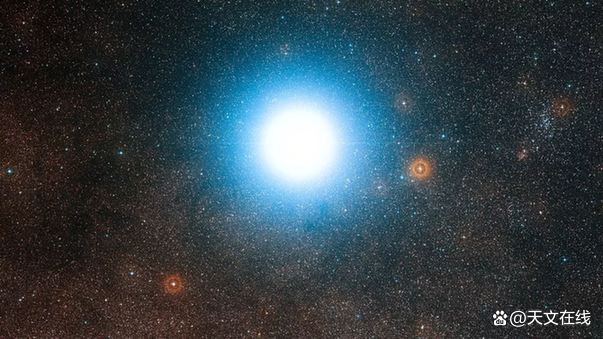
[Graphic: The bright star system in the picture is the half -horsesh seat α star (a three -in -star star). This wide space image is created by the photography image of the digital patterns project 2. (Image source: ESO, Digital Cleaning Project 2; thank you: David De Martin)]
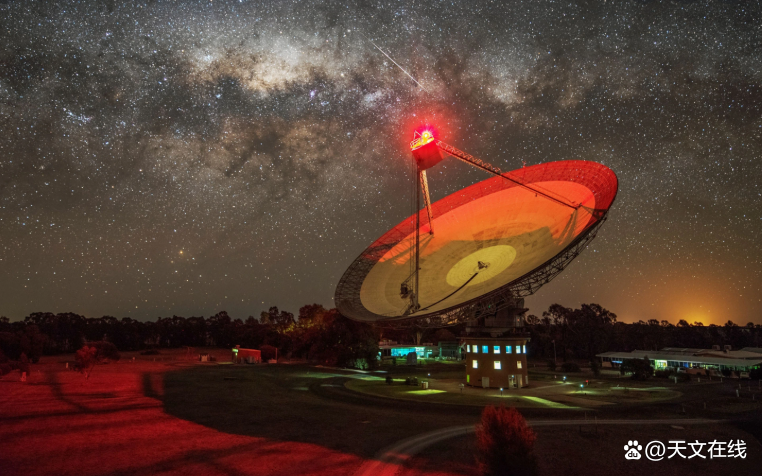
Researchers said that the potential evidence of the nearest star -the closest star -the closest star from the solar system — the potential evidence of the external radio signal may only be derived from the interference of human technology.
This mysterious signal was first detected by the "Breakthrough Listening" plan in 2020. The "Breakthrough Listening" plan is committed to capturing the "technical signals" of aliens -the evidence of radio waves and other foreign technology. The plan uses some of the world's largest radio telescopes to capture data in a wide range of celestial targets in the vast radio spectrum area.
Neighbors are one of the goals of the "Breakthrough Listening" plan. This star is slightly far away from the earth. It is a red dwarf, surrounded by two known outer planets (neighboring stars B and neighboring star C).
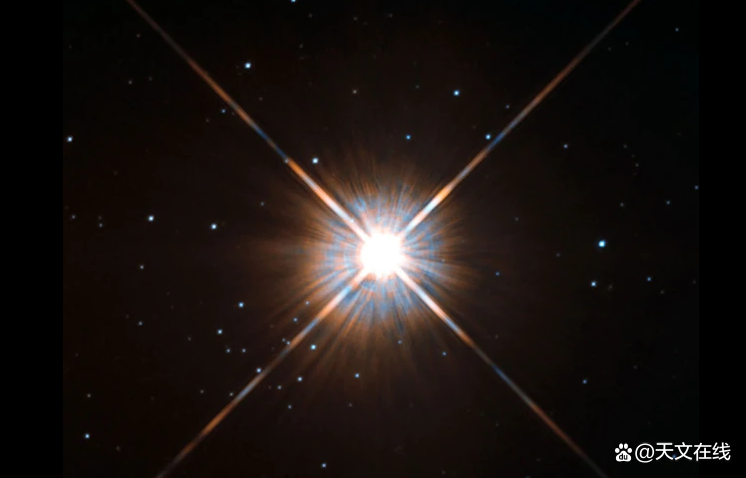
Researchers scanned neighbors with a frequency range of 700 MMS to 4,000 Mzh and a resolution of 3.81 Hz. Researchers pointed out that this is equivalent to tuning to more than 800 million radio wave bands at the same time and has extremely high sensitivity.
Since 2016, scientists have used one of the largest telescopes in the southern hemisphere -Australia Pax Telescope, Australia -have detected more than 4.1 million "hitting", that is, the frequency of potential and important radio signal signs. However, in subsequent analysis, the vast majority of these "hits" are usually inferred from the release of human technology on the earth.
To be precise, researchers look for radio signals that may come from neighboring stars based on two main criteria.
Guidelines I. They observe whether the frequency of the signal changes stably over time. For any telescope on the earth to detect the light waves from distant planets, the light waves are expected to change, resulting in Doppler frequent shifts (just as the alarm sounds higher when the ambulance comes to you, and it sounds higher sounds, and should be when the sound of the alarm sounds higher, and it should be when the alarm sounds higher, and it should be a higher sound, and it should be higher. It sounds a bass when it is driving away). After excluding the "hit" without such signs, the number of "hitting" dropped from about 4.1 million to about 1 million.
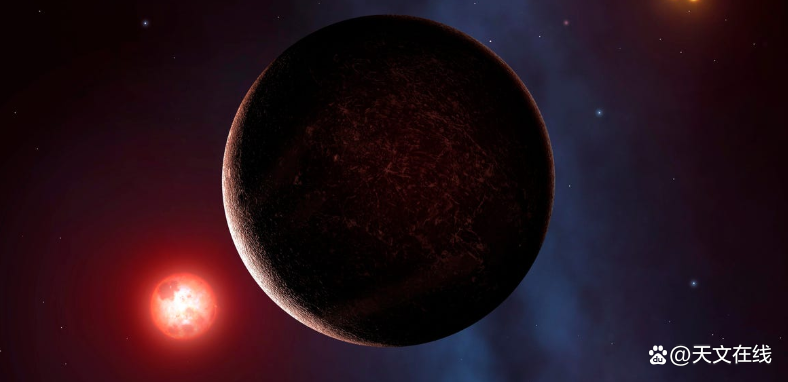
Guidelines II, researchers determine whether the remaining 1 million "hit" stems from the direction of neighboring stars. In order to find out this, the researchers target the telescope in the direction of the neighboring star, and then move towards other directions, and repeat this "aiming-remove" mode many times. A accurate "technical signal" should only be "aiming" observation In the middle, when the telescope is observed towards the neighboring star; the signals released from human technology are expected to be observed at the same time on the observation of "aiming" and "moving away".
After the scientists applied these filtering principles, in order to eliminate common errors, they inspected the remaining 5,160 candidate signals. For example, sometimes a weak signal is actually visible in the "moving away" observation, but its signal is not strong enough to make automatic data analysis software measured.
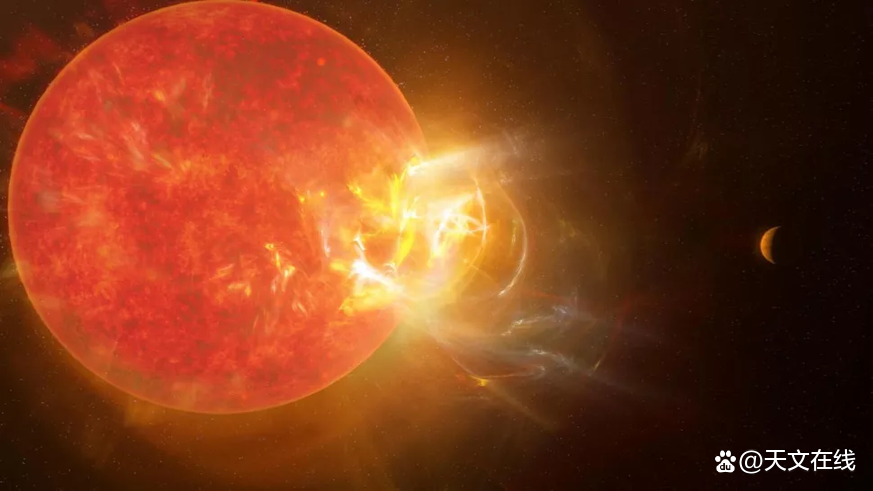
[Illustration: The conceptual map of the artist about the outbreak of the busty of the neighboring star. (Picture source: National Radio -Observatory NRAO, S.DAGNELLO)]]
"Finding 'Technical Signal' is a scientific work that requires strict and cautiously, which requires attention and high doubt about details." Angrew SIEMION, a astronomer of the University of California, Berkley -Andrew SIEMION. The chief researcher of the "Breakthrough Listening" plan, saying to Space.com.
The remaining signal (called BLC1 signal) continues to exist in more than two hours of observation, and it seems to only exist in the "aiming" observation from neighboring stars.
"The BLC1 signal marks the best candidate signal since listening to‘ the project started in 2015, ”Samion said. On October 25, scientists explained their discovery in detail in two online studies in the Journal of Natural Astronomy.
However, when the Radio astronomer of the University of California and the co -author of the two studies, Sofia Sheikh, was discovered that about 60 and BLC1 signals had common characteristics when they excavated other time observation of other time observations. Signals, but these signals can be measured in their respective "moving away" observations. This shows that the BLC1 signal is also not a real "technical signal".
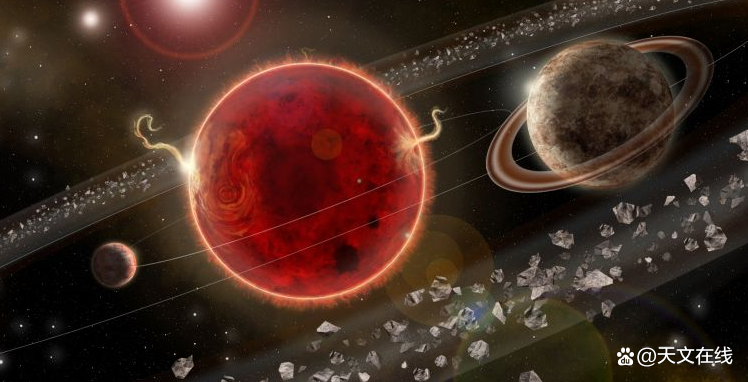
Scientists believe that the BLC1 signal "is likely to be an extreme example of local interference, because its characteristics are quite different from other interference, so it can be said like a real 'technical signal" Samion. "We have spent several months to perform all analysis work -the necessary analysis of our conclusions -is evidence of the challenge displayed by this signal."
Sheach explained that it is precisely, when it comes to the BLC1 signal and its more than 60 similar signals, these signals are arranged in the data in the data in accordance with the frequency gap in a certain interval. The frequency, this frequency is often used for various electronic devices. Although scientists cannot determine their exact sources, this also shows that these signals come from human technology. "This signal -even if it generates the interference of human radio frequencies -it is surprisingly similar to the signal type that we expect from space." Shee said to Space Network. "It fools our algorithm so that the algorithm eliminates the possibility of radio frequency interference, and then it consumes we several months to complete the analysis and data collection, and finally make us understand that it is actually generated by humans. Local. In the history of Seti, Search for Extraterrestric Intelligence, a signal that has attracted much attention has never been carefully reviewed so thoroughly, so this perspective is also a innovation. "
"Breakthrough listening" is disclosing all the data to facilitate the public to check itself. "We want to find the exact source of the BLC1 signal," Samion said. "As we continue to dig data from the Parker telescope, I think we will have a good opportunity to do this in the future."
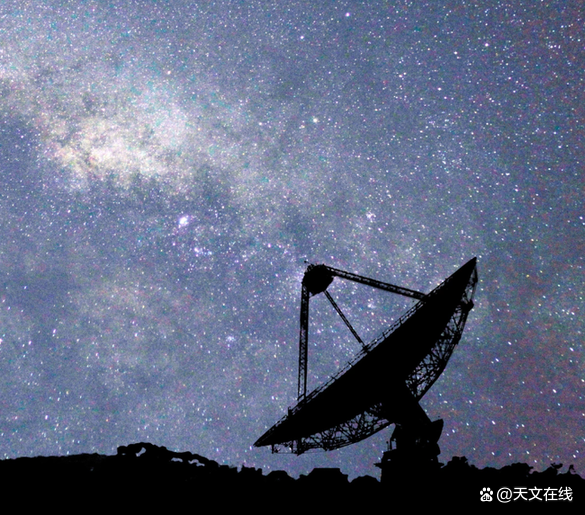
The plan will continue to monitor neighboring stars and continue to improve their algorithms to improve their ability to distinguish between true and false signals.
"The scientific field of 'technical signal' has matured to such a point, that is, there are sufficient technical expertise to carefully study the assumption signals, as well as sufficient high -quality data to support strict research," said Xiehe. "The successful detection and survey of the BLC1 signal indicates that the observation ability of out -of -site civilization exploration is significantly enhanced."
In the future, South Africa's "Meerkat" and the "VLA, The Very Large Array" in the southwest of the United States will be put into use of a new and powerful way to remove interference, and Improve our sensitivity, "Samion said. "We have made a smooth progress in the deployment of a new external civilization exploration system in" Cat Herbal "and" Very Big Formation ". After they are completely online, we will observe millions of stars each year between them."
"Although we cannot get a real 'technical signal', we will be more confident, because we have the necessary tools for detecting and verifying this signal -if they exist, Director Pete Worden said in a statement.
By: Charles Q. Choi
FY: TESSA
If there is related content infringement, please contact the author to delete after the work is released
Reprinted, please obtain authorization, and pay attention to maintaining integrity and indicating the source
- END -
The Yunnan Provincial Public Security Department deployed to promote the "100 -day action" in the summer public security strike

On July 13, the Yunnan Provincial Public Security Department held a video conferen...
Wind and Snowfront Pass to write loyalty to the country's love and deep exhibition -Tibetan cadres and people to keep the border and solidify the style

Xinhua News Agency, Lhasa, July 2nd: Wind Snowfront Pass to write loyalty to famil...